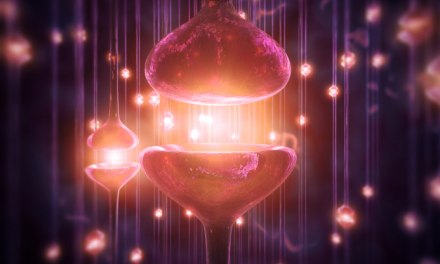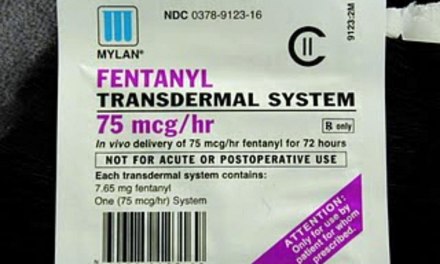A report on some interesting research appeared on Medscape recently – the results of an Australian study of the effectiveness of opioids in the treatment of acute back and neck pain.
It’s important because of two very real factors:
- First, how amazingly common back and neck pain are. Some 80% of Americans report having experienced it; and also because
- opioids are so often part of the treatment, prescribed to some two-thirds of patients by their physician.
In other words, opioids are in the first line of defense when it comes to lower back and neck pain — a problem that one in four Americans will report having suffered for longer than five years.
That’s a way of saying it can be seriously chronic. Some patients have relied on regular, even daily opioid use for far longer than that,
So it’s logical to wonder how effective opioids really are for acute back and neck pain.
The answer appears to be not very, if at all. See for yourself.
‘Landmark’ Trial Shows Opioids for Back, Neck Pain No Better Than Placebo
This placebo-controlled study involved 347 adults who had been experiencing lower back or neck pain or both for 12 weeks or less (that’s considered acute pain). They were randomly assigned to two groups: one that would receive therapy with opioids, and the other that would receive only a placebo.
After six weeks, the two groups were evaluated for pain, using a validated 10-point pain scale. Result: no difference found, in terms of pain, between opioids and placebo.
In fact, when surveyed again at the one-year mark post-treatment, mean pain scores were slightly lower among those in the placebo group than in those who had been treated with ‘the real thing’.
That’s not the only problem, however. It turns out the risk of opioid ‘misuse’, defined as using opioids in ways other than how they were prescribed (for instance, increasing the dose without physician authorization) — was double in the group that got the opioids during the study.
Translation: opioid therapy appears to create another problem for at least some of us.
The researchers concluded that this finding “raises serious questions about the use of opioid therapy for acute low back and neck pain.” For example, why risk it in the first place? If it isn’t effective, that is, and for some people, can lead to more trouble.
Perhaps it’s better if we focused attention on other treatments, such as rest and exercise and physical therapy. Anti-inflammatories are available, if and when medication is necessary.
And those remedies, at least, are likely to do us some genuine good.













